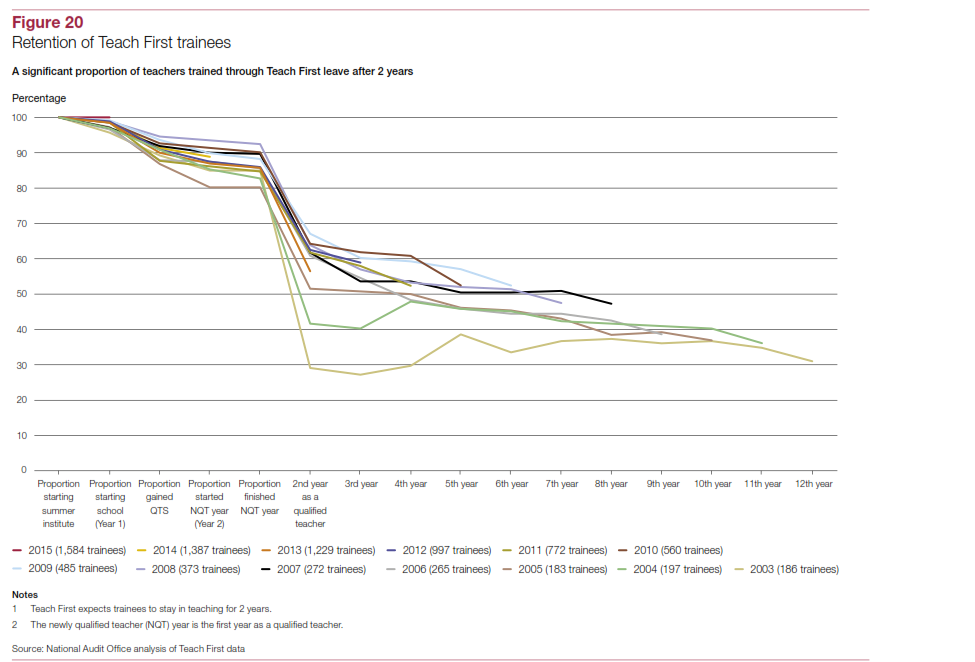The BBC are reporting today on the findings of recent Nuffield Foundation research showing that After-school Clubs are indeed helping disadvantaged pupils both socially and academically. This is important research for Temple Grove Schools Trust as part of our charitable work is to provide enrichment funding for such activities.
BBC Report:
After-school clubs and sports can improve the academic performance and social skills of disadvantaged primary school pupils, research finds.
Poorer primary children who had taken part in after-school clubs were found to get better results at age 11 than peers from similar homes who had not.
The Nuffield Foundation says clubs are an "easy vehicle" for enrichment.
The findings come as ministers plan to use money from a sugar tax on fizzy drinks to fund after-school activities.
The researchers analysed information on more than 6,400 children in England taking part in the Millennium Cohort Study, which has been following children born in 2000-01 from birth.
They defined disadvantaged children as those whose family income was below the poverty line - that is below 60% of the average household income.
The study found taking part in activities after the formal school day could play a role in closing the attainment gap between children from economically disadvantaged backgrounds and those with more family resources.
The report says: "Compared with disadvantaged children who did not attend after-school club at the age of 11, those who attended after-school club one or two days per week had made significantly more progress than predicted.
"Those who attended after-school club one day per week had, on average, a 1.7 point higher actual Key Stage 2 score than predicted based on their prior attainment and circumstances, while those who attended after-school club two days per week had on average a three point higher actual total point score than predicted."
The research also found poor children who attended after-school clubs developed better social, emotional and behavioural skills than those, also from similar social circumstances, who did not.
The results indicate that after-school clubs also bridged the gap between rich and poor, as children from disadvantaged homes participated to the same extent as those from affluent ones.
Out-of-school activities
However, when assessing the impact of out-of-school activities - such as membership of sports clubs, private tuition or music lessons - the report found inequalities persisted.
It said these were largely driven by cost, including "not just the direct cost of the fees for the activity but also the associated cost of travel to and from the activity, the cost of uniforms, kit or materials eg instruments".
"Another barrier to community-based, as opposed to school-based, activities may also be to do with the scheduling of activities in afternoons and the difficulties getting to and from and the travel time."
The study says the findings have implications for policymakers and practitioners concerned with improving educational enrichment.
It says: "For children from economically disadvantaged backgrounds, who have lower take-up of formal out-of-school activities, school-based clubs offer an accessible, lower cost route for learning experiences outside of the school curriculum with potential benefits for social as well as academic development.
"More research is needed to understand the content of the after-school clubs and what it is about the experience that results in improved outcomes."
Lead report author Dr Emily Tanner said: "For children from economically disadvantaged backgrounds, who have lower take-up of formal out-of-school activities, school-based clubs appear to offer an affordable and inclusive means of supporting academic attainment.
"The recent Budget announcement to direct money raised by the tax on sugary drinks towards funding sport and after-school activities suggests policymakers are recognising the wide-ranging benefits of these activities.
"After-school clubs, based on school premises, seem to be an easy vehicle for policymakers and educators to ensure that children have access to both the core curriculum and wider enriching activities."




